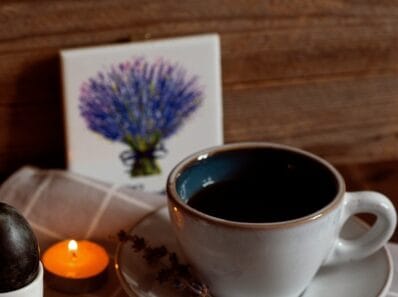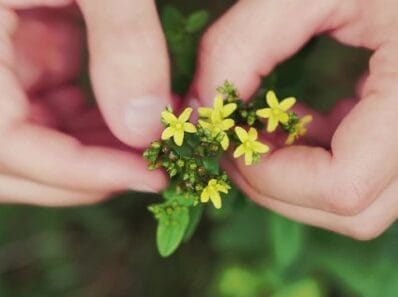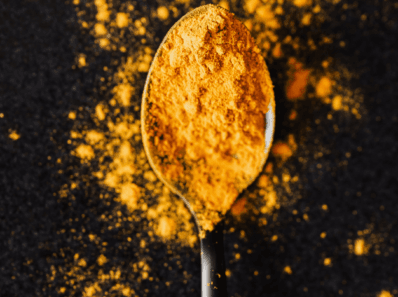In recent years, there has been a surge in interest in traditional herbs and flowers, especially those with long-standing medicinal uses and vibrant aesthetic appeal. One such botanical marvel that has taken the wellness world by storm is the blue butterfly pea flower (Clitoria ternatea). Known for its brilliant indigo petals and enchanting color-changing properties, this humble flower is more than just a visual delight—it’s a powerhouse of health benefits.
Used for centuries in Ayurvedic and traditional Southeast Asian medicine, blue butterfly pea is being rediscovered globally as a natural superfood with diverse applications. In this article, we’ll explore the incredible benefits of blue butterfly pea, how to use it, and why it deserves a place in your daily wellness routine.

What Is Blue Butterfly Pea?
Blue butterfly pea is a flowering plant native to Southeast Asia. It belongs to the Fabaceae family and is most recognizable by its vivid blue-purple flowers. In countries like Thailand, Malaysia, and India, it has traditionally been used for culinary, medicinal, and cosmetic purposes.
The flower is also popularly brewed into a tea that changes color depending on the pH—turning purple with lemon juice, and even red with hibiscus or cranberry. But it’s not just the color-changing magic that makes this flower special. The bioactive compounds it contains are the key to its health benefits.
Nutritional Profile and Active Compounds
Blue butterfly pea contains a wealth of beneficial compounds, including:
Anthocyanins (particularly ternatins) – powerful antioxidants that give the flower its deep blue color.
Flavonoids – plant-based antioxidants known for reducing inflammation.
Peptides – small proteins that may have anti-aging effects.
Quercetin, kaempferol, and myricetin – flavonols with potential anti-cancer and neuroprotective properties.
Health Benefits of Blue Butterfly Pea
1. Rich in Antioxidants
The most prominent benefit of butterfly pea is its high antioxidant content, which helps combat oxidative stress—a major contributor to aging, inflammation, and chronic diseases.
The ternatins found in the petals help neutralize free radicals and protect cells from damage. This makes butterfly pea an excellent herbal remedy to support overall health and longevity.
2. Boosts Brain Function and Mental Clarity
Blue butterfly pea has been traditionally used as a brain tonic in Ayurveda to enhance memory, improve cognitive function, and reduce symptoms of anxiety and depression.
Modern research supports this, suggesting that the flower may improve acetylcholine levels, a neurotransmitter essential for learning and memory. Its adaptogenic properties may also help the body respond better to stress.
3. Promotes Hair and Skin Health
Thanks to its rich antioxidant and anti-glycation properties, butterfly pea may help slow the aging of skin by protecting against collagen degradation and UV damage. The flavonoids in the flower improve blood circulation and may also stimulate hair growth.
Many beauty brands are now incorporating butterfly pea extracts into shampoos, facial masks, and serums for their rejuvenating and hydrating effects.
4. Supports Eye Health
One of the lesser-known benefits is butterfly pea’s traditional use in enhancing vision. The anthocyanins support blood flow to capillaries in the eyes, helping maintain healthy vision and potentially reducing the risk of cataracts and retinal damage.
Some herbal practitioners use butterfly pea tea to alleviate eye strain, especially among people who work long hours in front of screens.
5. Improves Digestion
Drinking butterfly pea tea is known to help soothe the stomach, relieve inflammation in the gut, and promote better digestion. It may act as a mild diuretic and laxative, aiding in detoxification.
Its antimicrobial properties may also help balance gut bacteria, supporting better nutrient absorption and immune function.
6. Reduces Anxiety and Supports Sleep
The calming nature of butterfly pea tea makes it a perfect beverage before bedtime. It contains no caffeine, and its natural sedative effect can promote relaxation and improve sleep quality.
Some people report using butterfly pea in combination with herbs like lemongrass or chamomile for a more profound calming effect.
7. May Help Regulate Blood Sugar
Preliminary studies suggest that butterfly pea flower may help lower blood glucose levels and improve insulin sensitivity, making it potentially beneficial for people with type 2 diabetes or insulin resistance. This effect is believed to be due to the presence of flavonoids and anthocyanins.
However, more clinical studies are needed before butterfly pea can be officially recommended as a treatment for diabetes.
8. Anti-Cancer Properties
Early laboratory studies have shown that extracts from Clitoria ternatea may have cytotoxic effects on certain cancer cell lines, possibly due to the presence of flavonoids and cyclotides—plant-based peptides that may prevent tumor growth.
Though promising, these findings are still in early stages and should not replace conventional cancer therapies.
Culinary Uses of Butterfly Pea
Butterfly pea is incredibly versatile in the kitchen. It has a mild, earthy flavor and is often used for natural coloring or infused drinks. Common uses include:
Butterfly pea tea (hot or iced)
Color-changing lemonade (add lemon juice for purple hue)
Cocktails and mocktails
Rice dishes (like Thai blue rice)
Smoothies and lattes
Jellies, desserts, and cakes
Pro tip: When using butterfly pea flowers in recipes, steep the petals in hot water to extract the color, then use the liquid as a natural dye.
How to Use Butterfly Pea
Tea Preparation:
Add 5–10 dried butterfly pea flowers to a cup of hot water.
Let steep for 5–10 minutes.
Add honey, lemon, or mint to enhance flavor.
You can also buy butterfly pea tea bags, powder, or extracts for convenience.
Topical Use:
Butterfly pea extract is often used in:
Hair serums
Skin toners and masks
Soothing eye compresses
Precautions and Side Effects
Butterfly pea is generally considered safe for most people, especially when used as a tea or food coloring. However:
Pregnant or breastfeeding women should consult a healthcare provider before use.
People on blood sugar or blood pressure medications should monitor for possible interactions.
Excessive consumption may cause mild laxative effects in some individuals.
As with any herbal supplement, moderation is key.
Final Thoughts
Blue butterfly pea is much more than a trendy tea or a viral Instagram drink. It’s a time-tested, multifunctional herb with impressive health benefits backed by both tradition and emerging science. From enhancing mental clarity to beautifying skin and hair, this vibrant flower is a natural way to support wellness inside and out.
Whether you enjoy it in a cup of tea, sprinkle the powder in your smoothie, or use it as a natural food dye, butterfly pea flower offers a simple, beautiful way to elevate your health routine.


